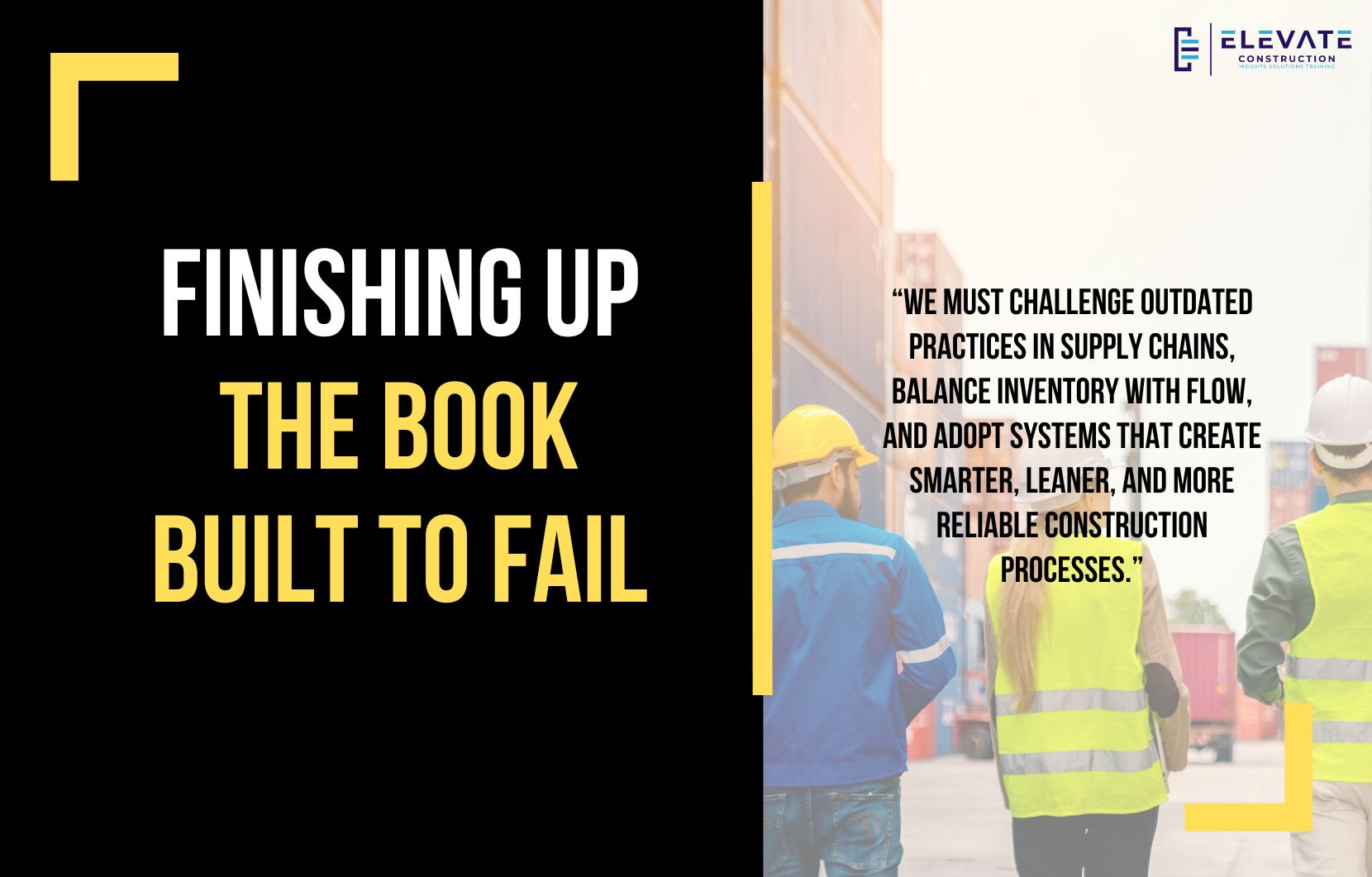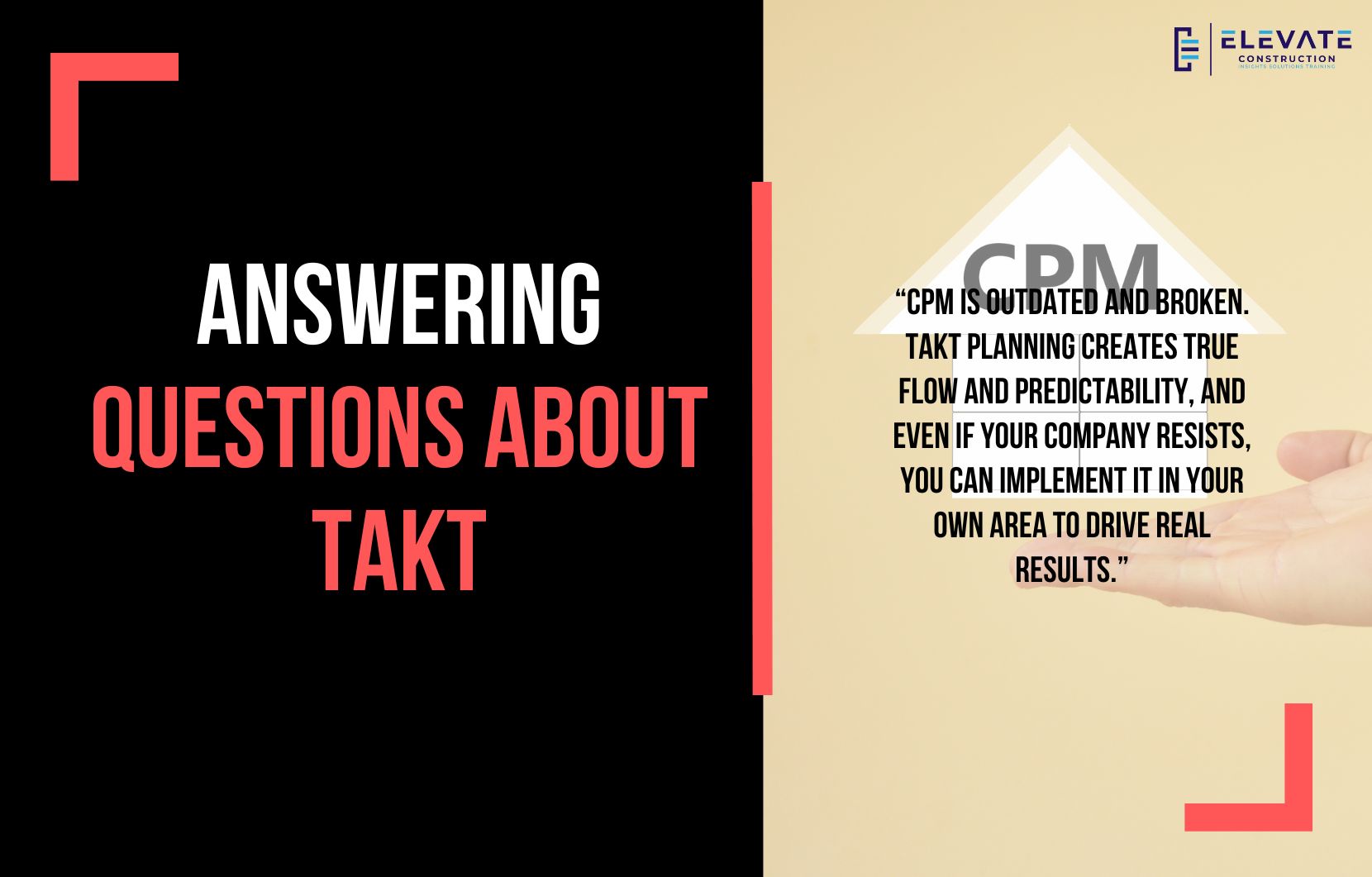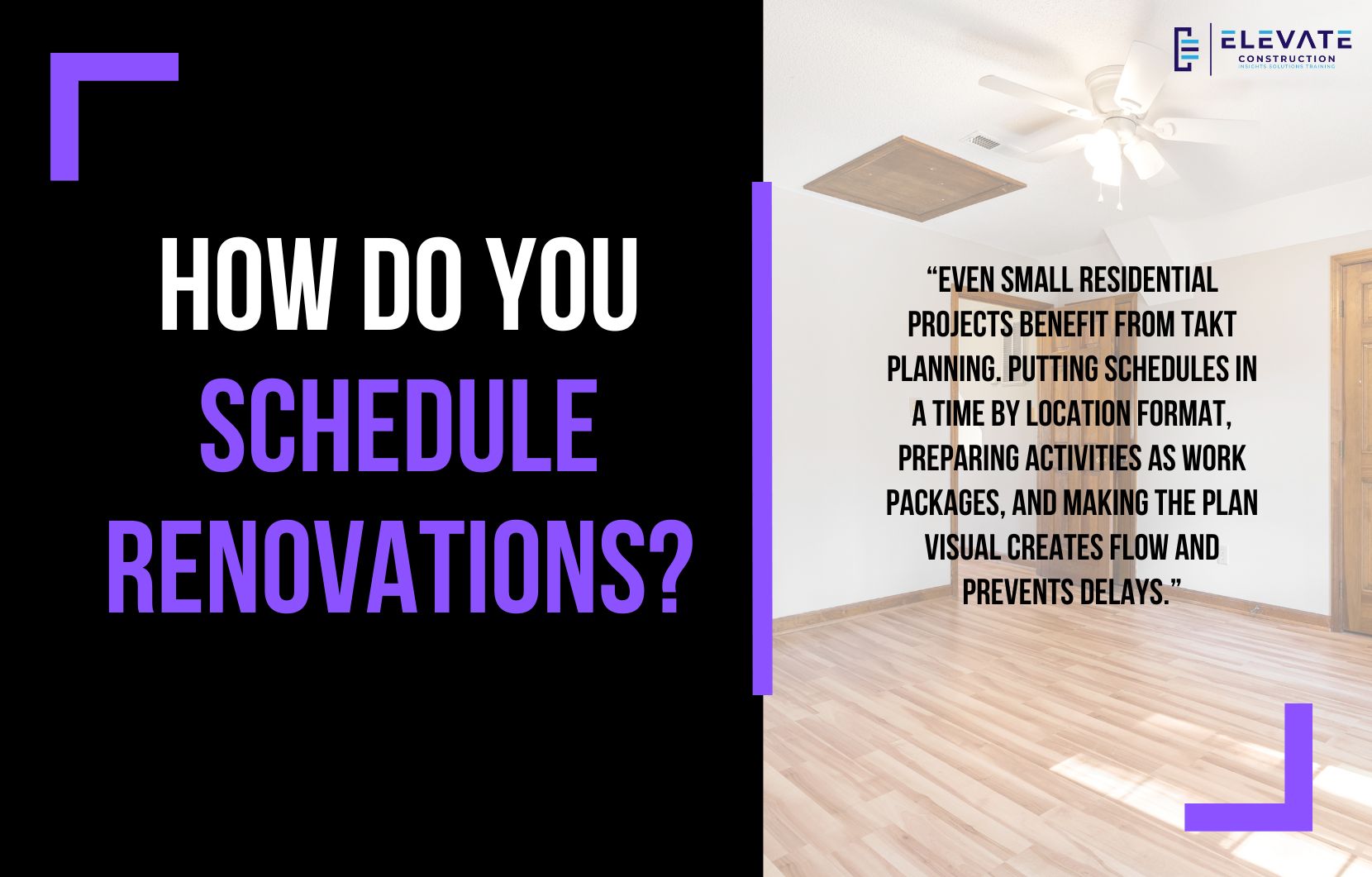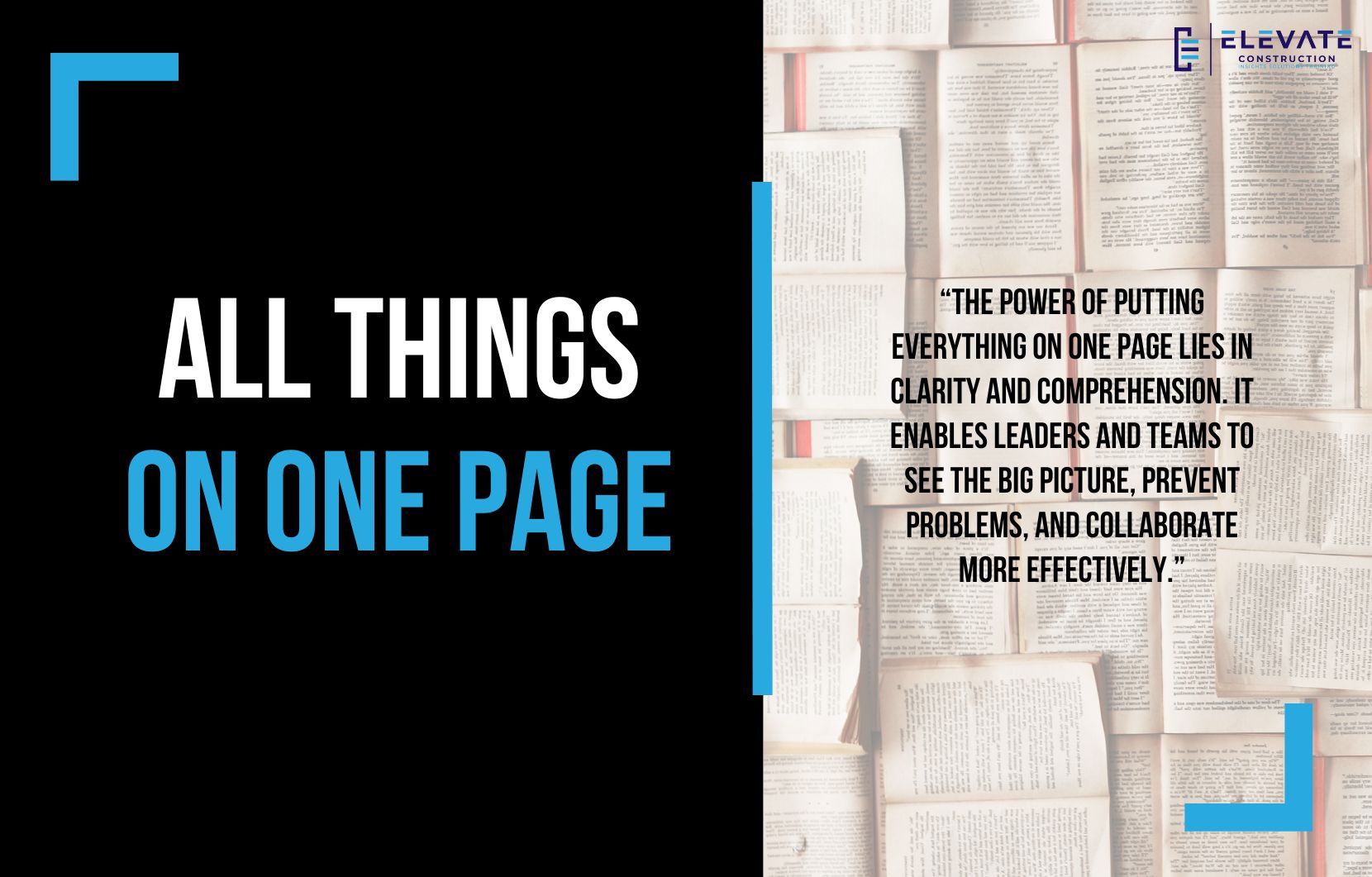Two Essential Tips for Project Managers
In construction management, two practices make the difference between an average project and an excellent one. These are not complicated techniques buried in manuals but simple truths that carry deep impact. The first is the importance of building loyal and experienced teams. The second is learning to be comfortable with discomfort and resisting the urge to perfect habits that no longer serve progress.
Let us begin with loyalty. Many project managers face the challenge of leading teams they did not hire or build themselves. This is not unusual in our industry, but it does make success harder. Teams often struggle when members are unmotivated, disengaged, or pulling in different directions. No matter how skilled each person may be, if they are not aligned with a shared purpose, progress is limited.
One way to overcome this is to invest in people long before you need them. Build relationships, nurture careers, and take time to train and support those around you. When you care about people and consistently go the extra mile for them, they remember. Later, when it is time to staff a project, those same people often choose to work with you. Having even one or two trusted right hand team members who share your vision and commitment can change everything.
At its core, successful projects are not led by random collections of individuals. They are led by connected groups that trust each other, share experience, and are loyal to a common mission. Curating even a small circle of loyal teammates gives project managers the foundation for delivering remarkable results.
The second key is learning how to avoid becoming trapped in ineffective habits. Many project managers become very skilled at using outdated methods and tools. The sense of accomplishment from creating polished reports, perfect spreadsheets, or detailed analyses can feel satisfying but ultimately be meaningless if the methods do not improve project outcomes. There is a risk of getting addicted to the dopamine hit of completing tasks that should not be done in the first place.
Growth often feels uncomfortable. Trying a new scheduling method, restructuring communication through huddles, or reorganizing workflow with Lean practices may feel messy at first. It disrupts routines and challenges existing comfort zones. Yet real improvement only comes from being willing to start again, make mistakes, and adapt.
This principle can be summed up simply: get good at not being good. Progress is not about perfecting the status quo. It is about learning, experimenting, and being willing to look unpolished while developing something better. Comfort and perfection can lock teams into patterns that stop innovation. Discomfort, on the other hand, creates space for growth.
For project managers, the lesson is clear. Build loyalty in your teams so you are not leading alone, and cultivate the courage to change even when it feels uncomfortable. Success lies in people who will stand with you and in systems that keep evolving.
Key Takeaway
Project managers succeed when they build loyal, connected teams and when they resist the trap of getting too comfortable with ineffective routines. Growth requires both people and progress.
If you want to learn more we have:
-Takt Virtual Training: (Click here)
-Check out our YouTube channel for more info: (Click here)
-Listen to the Elevate Construction podcast: (Click here)
-Check out our training programs and certifications: (Click here)
-The Takt Book: (Click here)
Discover Jason’s Expertise:
Meet Jason Schroeder, the driving force behind Elevate Construction IST. As the company’s owner and principal consultant, he’s dedicated to taking construction to new heights. With a wealth of industry experience, he’s crafted the Field Engineer Boot Camp and Superintendent Boot Camp – intensive training programs engineered to cultivate top-tier leaders capable of steering their teams towards success. Jason’s vision? To expand his training initiatives across the nation, empowering construction firms to soar to unprecedented levels of excellence.
On we go










